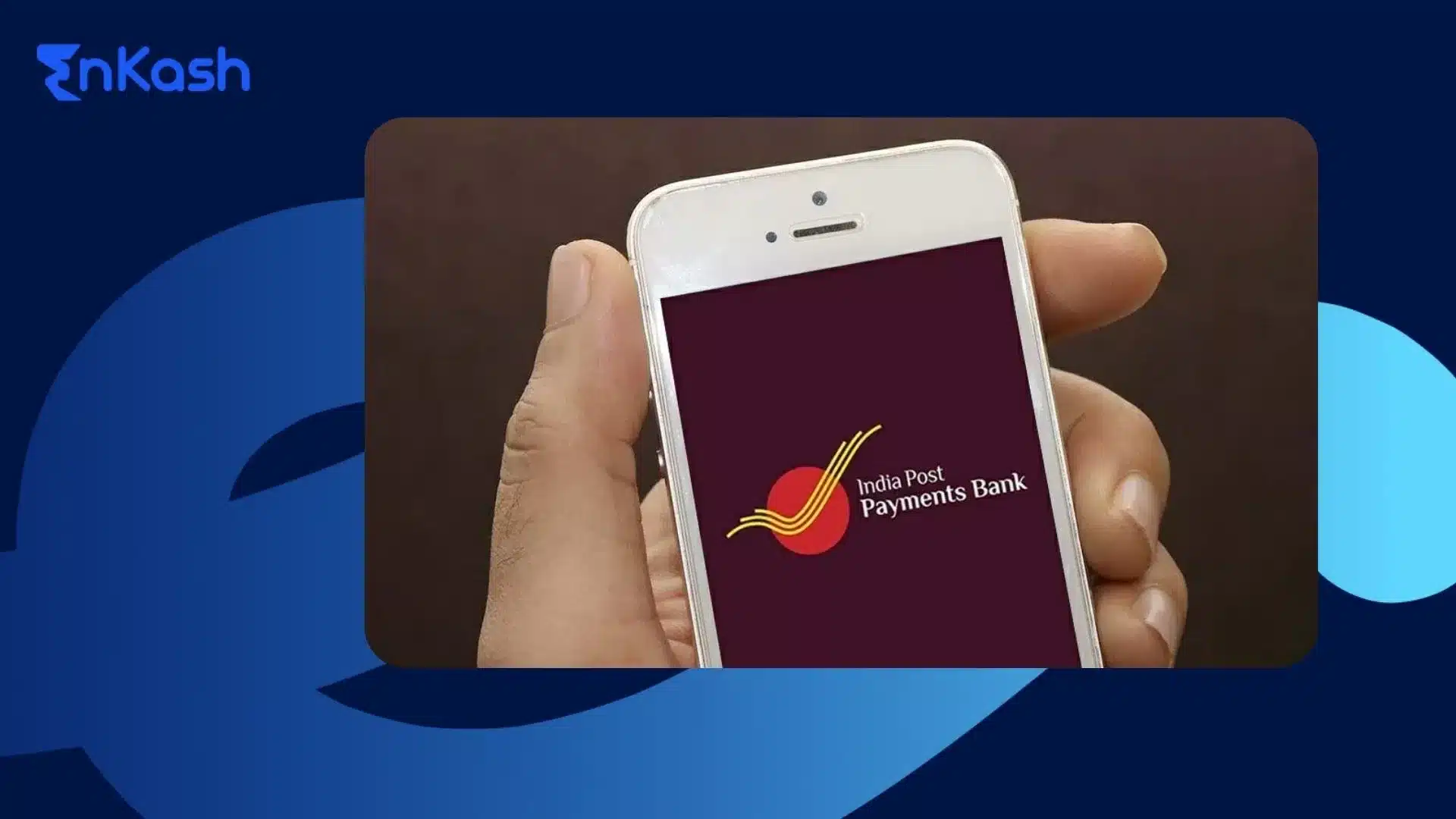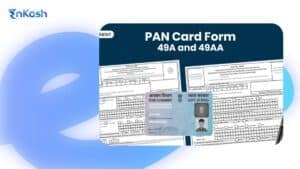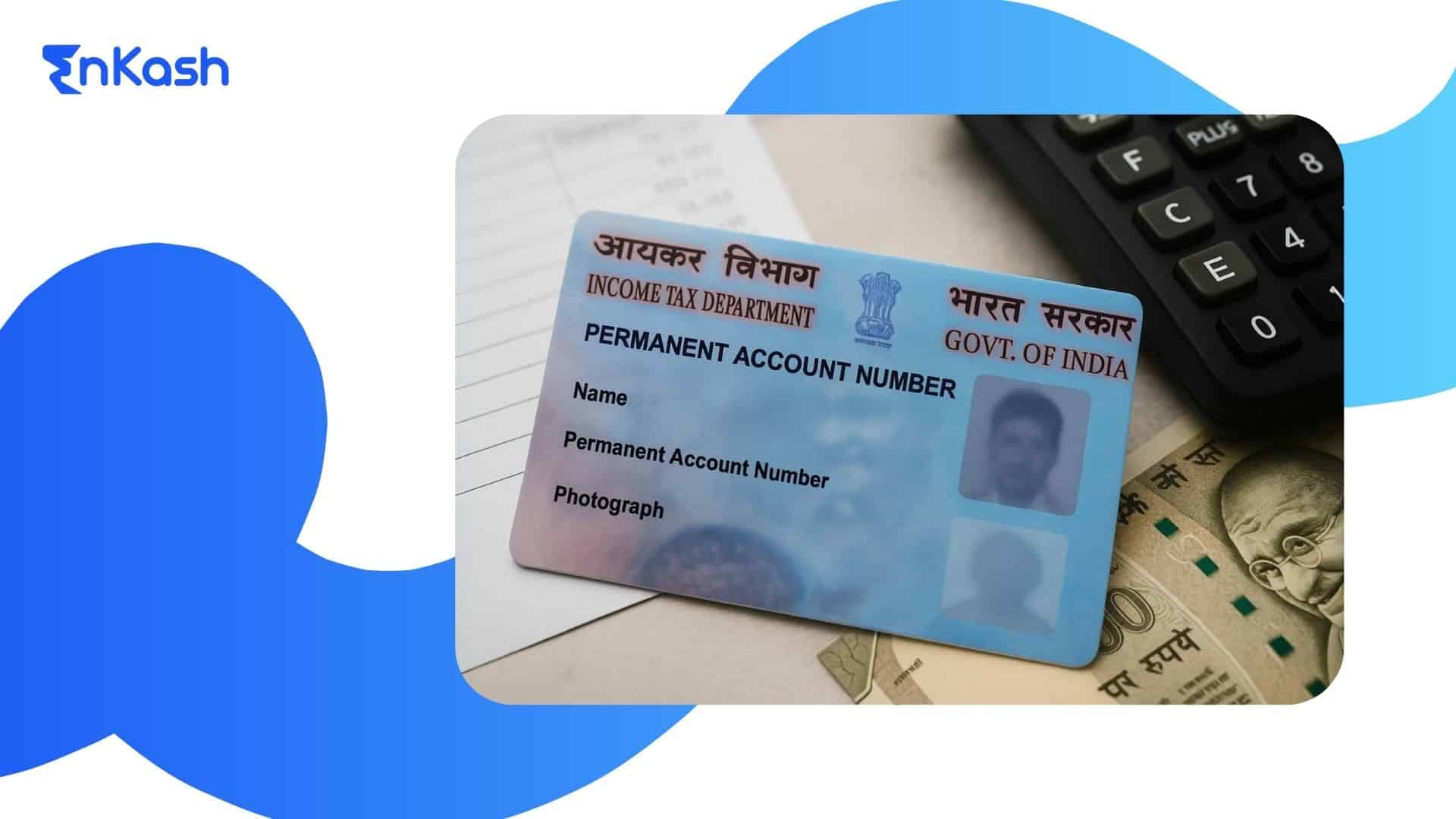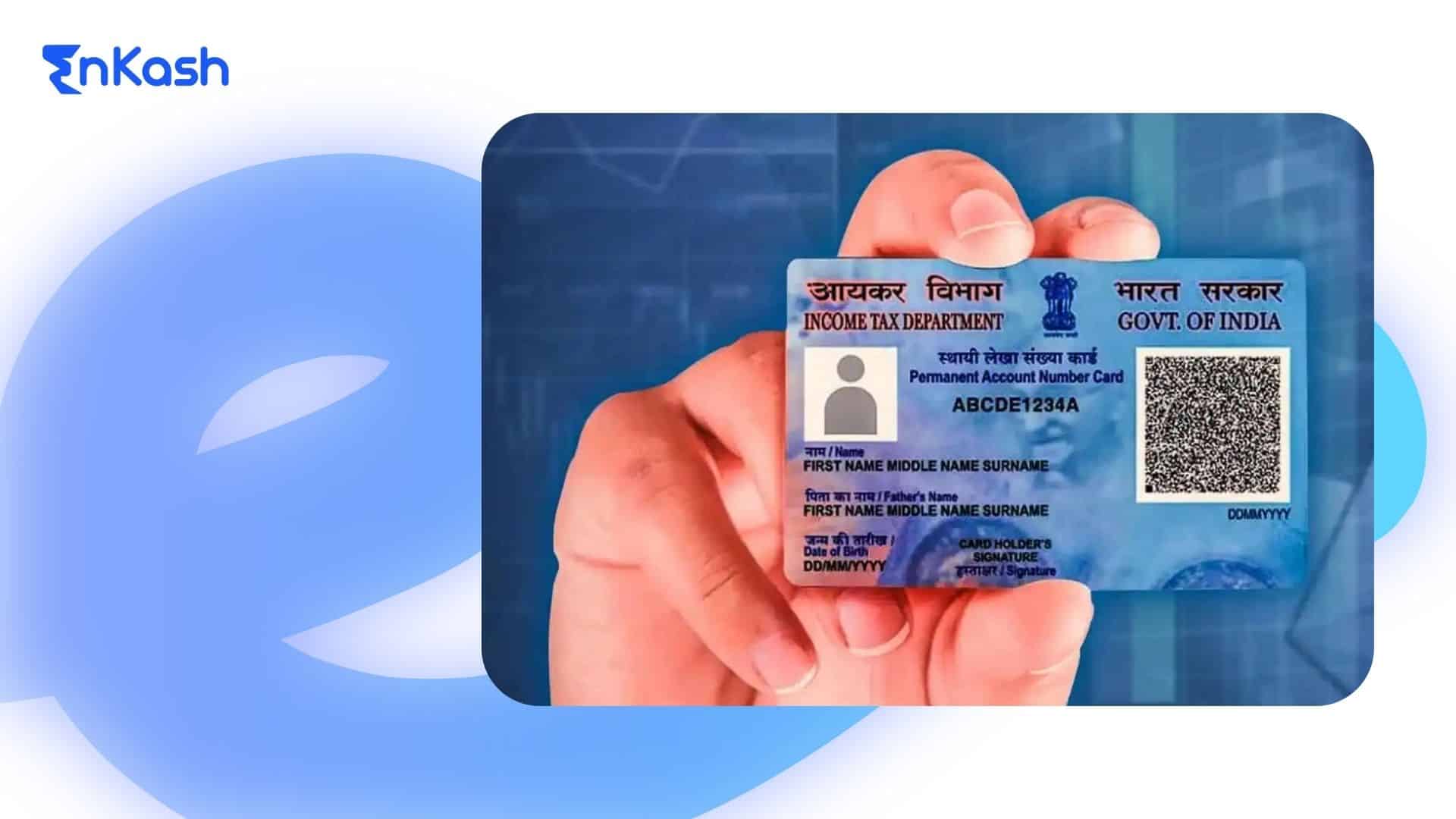What is IPPB, and Why Was It Established?
The India Post Payments Bank (IPPB) was set up with a single purpose: to bridge the gap between modern financial services and households that had little or no access to banks. It is owned by the government and regulated under the payments bank model. This structure allows it to provide essential banking services without exposing itself to the risks of lending.
Payments banks were created with a clear regulatory vision: they could accept deposits, enable payments, and connect with national financial systems, but they would not be permitted to lend or issue credit cards. IPPB works within these rules, and the focus remains on safe deposit management and smooth transaction services. Today, the maximum balance allowed in an IPPB account is ₹2 lakh per customer. To accommodate those who wish to save more, IPPB introduced a sweep facility that automatically transfers surplus funds into a linked Post Office Savings Account (POSA). This way, the customer enjoys both the convenience of digital transactions and the safety of traditional savings.
The true strength of IPPB lies in its distribution model. Instead of building a limited network of branches, it relies on the country’s existing postal system. Every post office doubles up as a banking outlet, and postal staff are trained to act as banking correspondents. These staff members carry handheld devices or micro-ATMs, which allow them to offer banking services right at a customer’s home or workplace. For elderly citizens, small business owners, and families in rural or semi-urban areas, this means they no longer need to travel long distances to manage money.
Digital channels form the other side of this structure. The IPPB mobile app and internet banking platform provide account access, fund transfers, bill payments, and UPI transactions. Customers can send or receive money in real time, pay utility bills, or view account statements. This digital-first design ensures that IPPB is not just a bank for remote areas but also a modern platform that urban users can adopt with ease.
By merging the postal network’s reach with the robustness of digital payments, IPPB creates a banking model that is both inclusive and future-ready. It respects the regulatory boundaries of a payments bank but delivers all the essential functions households and businesses need for everyday financial management.
What Types of Accounts Can You Open in IPPB?
The India Post Payments Bank offers account options that cater to individuals, households, and merchants who want simple, secure, and accessible banking. For anyone wondering what is India post payment bank is in practical terms, its strength lies in the flexibility of these accounts, designed to balance daily transactions with safe deposits.
Savings Accounts for Individuals
IPPB provides four savings account categories, each structured for different needs:
- Basic Savings Account – For first-time users of the post payment bank, this account allows limited free withdrawals and deposits, ensuring customers start with a safe entry point into digital banking.
- Regular Savings Account – Designed for users who transact frequently, this account offers unlimited deposits and withdrawals.
- Premium Savings Account – Adds value with features such as free doorstep banking services and digital debit solutions.
- DigiSmart Savings Account – A mobile-first account for customers who prefer app-based banking, UPI payments, and e-statements instead of physical services.
All savings accounts come with the benefit of a maximum balance cap of ₹2 lakh. For customers who exceed this limit, funds can automatically move into a linked Post Office Savings Account (POSA), ensuring smooth money management without interruption.
Current Accounts for Businesses
Merchants and small traders can open current accounts with the India Post Payment Bank. These accounts are tailored for businesses that need quick fund transfers, QR-based collections, and the convenience of cash handling through post offices and doorstep services.
Account Opening Process
Opening an IPPB account is simple. Customers can visit a post office branch or request doorstep service. Through an Aadhaar-based eKYC process, accounts are activated instantly, with mobile and internet banking enabled from the start.
With this structure, the post bank ensures that individuals and businesses alike have secure, digital-ready accounts that integrate with the wider financial ecosystem.
What is the Deposit Limit in IPPB and How Does POSA Linkage Work?
The India post payment bank follows the framework for payment banks set by the regulator. One important rule is the balance cap: customers can keep up to ₹2 lakh in their IPPB account at any time. This safeguard ensures deposits remain low-risk and manageable.
But many customers need to save beyond this limit. To solve that, IPPB offers a sweep facility with the Post Office Savings Account (POSA). The process is simple and automatic, working in the background once the two accounts are linked.
Stepwise flow of the linkage:
- Maintain balance in the IPPB account – Customers continue to use IPPB for daily transactions such as transfers, bill payments, or UPI collections.
- Monitor the threshold – When the balance approaches ₹2 lakh, the system checks for the cap set under payment bank rules.
- Sweep excess into POSA – Any amount above the ₹2 lakh limit automatically shifts into the linked Post Office Savings Account.
- Access funds as required – If the customer needs to withdraw or use that extra balance, it can be moved back from POSA to IPPB.
- Seamless experience – The transfer happens without manual intervention, ensuring uninterrupted banking.
This arrangement combines the reach and simplicity of the post-payment bank with the reliability of the postal savings system. Customers stay compliant with the balance cap while keeping their larger deposits safe and accessible.
How Does IPPB Deliver Digital and Assisted Banking?
The strength of the India post payment bank lies in its hybrid approach. It combines modern digital platforms with assisted services that bring banking directly to people’s homes and businesses. This ensures customers can choose between self-service convenience or guided support.
Mobile Banking App
The IPPB mobile app is the gateway for self-service customers. It allows users to check balances, transfer money, pay bills, and manage beneficiaries. Through the app, customers can also use UPI for instant payments, generate QR codes, and download statements. This mobile-first approach makes the post payment bank competitive with mainstream digital platforms while keeping the interface simple.
Internet Banking
For those who prefer desktop access, IPPB offers a secure internet banking portal. Customers can initiate NEFT, RTGS, or IMPS transfers, set up recurring bill payments, and view transaction histories. It brings the familiarity of traditional e-banking into the post-bank environment.
DakPay for UPI Transactions
IPPB provides its UPI service through DakPay. Using this, customers can send or receive payments instantly, scan merchant QR codes, or request collections. DakPay integrates with the national payments grid, ensuring interoperability with every other bank.
Doorstep Banking
One of the most distinctive features of IPPB is doorstep service. Postal staff visit homes and workplaces equipped with handheld micro-ATMs. Customers can deposit or withdraw cash, pay bills, or transfer money without visiting a branch. This is invaluable for senior citizens, shopkeepers, and those in remote areas.
Assisted Services at Post Offices
Every post office functions as a service point. Trained staff assist customers with opening accounts, performing transactions, and activating digital channels. This dual model of physical and digital access ensures nobody is left behind in the shift toward modern banking.
By blending mobile, internet, UPI, doorstep, and counter-based services, IPPB creates a banking system that is both inclusive and efficient. Customers experience the best of both worlds: the flexibility of digital transactions and the reassurance of face-to-face support.
What Fund Transfer Options Are Available in IPPB?
The India post payment bank gives customers access to all major payment rails, making transfers seamless across the financial ecosystem. Whether it’s paying a bill, sending money to a family member, or collecting payments as a merchant, IPPB supports multiple systems.
NEFT and RTGS
Customers can send money to any bank account using NEFT (National Electronic Funds Transfer) or RTGS (Real Time Gross Settlement). These transfers require the beneficiary’s account number and IFSC code. NEFT is used for smaller, routine payments, while RTGS is best for high-value transactions.
IMPS
IMPS (Immediate Payment Service) is available 24/7, including holidays. It allows instant transfer of funds to beneficiaries across banks using either account number and IFSC or mobile number with MMID. This feature is especially useful when speed is critical.
UPI Through DakPay
The UPI platform under DakPay lets customers pay instantly using virtual IDs, QR codes, or mobile numbers. Unlike NEFT or RTGS, UPI does not require IFSC details, which simplifies everyday payments.
Bill Payments via BBPS
IPPB is part of the Bharat Bill Payment System (BBPS). Customers can pay electricity, water, telecom, insurance, and other utility bills directly through the mobile app, internet banking, or even during a doorstep visit.
Aadhaar-enabled Payment System (AePS)
Through AePS, customers can use their Aadhaar number for banking services such as balance enquiry, deposit, withdrawal, or remittance. This extends access even where traditional banking infrastructure is limited.
Together, these options make the post-payment bank fully interoperable. Customers can send and receive funds across any bank in the country, combining the security of regulated systems with the convenience of multiple channels.
What is the IFSC Code of India Post Payments Bank?
Every bank account that supports electronic transfers needs an IFSC code. This stands for Indian Financial System Code, an 11-character identifier that directs payments to the correct branch. Whenever money is sent through NEFT, RTGS, or IMPS, the IFSC ensures the transaction reaches the right destination.
For the India post payment bank, the official IFSC is:
IPOS0000001
- Bank: India Post Payments Bank
- Branch: Corporate Office, New Delhi
- Services: NEFT, RTGS, IMPS
This IPPB IFSC code is widely used when customers or businesses want to send money into IPPB accounts. It works as the central routing code for credits. A payer only needs to enter the customer’s account number, name, and the IFSC to complete the transfer.
How to Use the IPPB IFSC Code Step by Step
- Log in to your internet banking or mobile banking app of the sending bank.
- Add a new beneficiary and enter the IPPB account number and the account holder’s name.
- Enter IPOS0000001 in the IFSC field.
- Choose the transfer mode – NEFT, RTGS, or IMPS.
- Confirm the details and complete the payment.
IFSC vs UPI
While the post bank IFSC code is essential for NEFT, RTGS, and IMPS, UPI works differently. For UPI transfers, customers only need a virtual payment address (UPI ID). This makes UPI faster for day-to-day use, whereas IFSC is necessary for formal bank-to-bank transactions.
By providing a single, recognized IFSC, the India post payment bank IFSC code ensures smooth interbank transfers while remaining fully integrated into the national payments grid.
How Does IPPB Work with Post Office Savings Accounts?
The post payment bank and the POSA serve different purposes. IPPB was created for digital transactions, transfers, UPI, and bill payments. In contrast, the post office account is designed purely as a savings scheme. By linking the two, customers get the benefits of both.
The linkage works through an automatic sweep facility:
- When an IPPB account balance crosses the permitted ₹2 lakh cap, the excess is shifted into the POSA.
- Funds remain safe in the savings account, where they continue to earn interest.
- Customers can still use their IPPB account for daily payments, withdrawals, and digital transfers.
- When needed, the money in the POSA can be transferred back to the IPPB account.
For digital access, the post office offers its own platform known as ebanking post office, which allows customers to check balances, view statements, and manage recurring deposit or term deposit accounts. This runs alongside IPPB’s mobile and internet banking, creating a dual system where savings and transactions complement each other.
How Can Merchants Use IPPB?
The India post payment bank is not limited to personal banking. It also supports merchants, traders, and small businesses that rely on quick and reliable transactions. For many shopkeepers and service providers, the ability to collect payments seamlessly can make a major difference in daily operations.
Current Accounts for Business Needs
Merchants can open current accounts with the post payment bank to handle frequent inflows and outflows. These accounts are structured for high transaction volumes and allow easy cash deposits and withdrawals at post offices or through doorstep service.
QR-Based Collections
IPPB equips merchants with QR cards that customers can scan to pay using UPI. This eliminates the need for point-of-sale machines and reduces cash handling risks. Payments reflect instantly, providing liquidity to the merchant.
Doorstep Services for Cash Management
Businesses can also benefit from doorstep services. Postal staff visit the shop to collect cash, process deposits, or provide change, saving merchants the time and effort of visiting a branch.
By offering simple current accounts, QR acceptance, and doorstep collections, IPPB makes it easier for small enterprises to participate in the digital economy while still handling cash safely when required.
How Does IPPB Work with Post Office Savings Accounts?
The post payment bank and the POSA serve different purposes. IPPB was created for digital transactions, transfers, UPI, and bill payments. In contrast, the post office account is designed purely as a savings scheme. By linking the two, customers get the benefits of both.
The linkage works through an automatic sweep facility:
- When an IPPB account balance crosses the permitted ₹2 lakh cap, the excess is shifted into the POSA.
- Funds remain safe in the savings account, where they continue to earn interest.
- Customers can still use their IPPB account for daily payments, withdrawals, and digital transfers.
- When needed, the money in the POSA can be transferred back to the IPPB account.
For digital access, the post office offers its own platform known as ebanking post office, which allows customers to check balances, view statements, and manage recurring deposit or term deposit accounts. This runs alongside IPPB’s mobile and internet banking, creating a dual system where savings and transactions complement each other.
How Can Merchants Use IPPB?
The India post payment bank is not limited to personal banking. It also supports merchants, traders, and small businesses that rely on quick and reliable transactions. For many shopkeepers and service providers, the ability to collect payments seamlessly can make a major difference in daily operations.
Current Accounts for Business Needs
Merchants can open current accounts with the post-payment bank to handle frequent inflows and outflows. These accounts are structured for high transaction volumes and allow easy cash deposits and withdrawals at post offices or through doorstep service.
QR-Based Collections
IPPB equips merchants with QR cards that customers can scan to pay using UPI. This eliminates the need for point-of-sale machines and reduces cash handling risks. Payments reflect instantly, providing liquidity to the merchant.
Doorstep Services for Cash Management
Businesses can also benefit from doorstep services. Postal staff visit the shop to collect cash, process deposits, or provide change, saving merchants the time and effort of visiting a branch.
By offering simple current accounts, QR acceptance, and doorstep collections, IPPB makes it easier for small enterprises to participate in the digital economy while still handling cash safely when required.
How Secure is Banking with IPPB?
IPPB operates under the strict supervision of the central banking regulator, which ensures that customer deposits and transactions remain safe. Since it is structured as a post-payment bank, its activities are limited to low-risk services like deposits, transfers, and bill payments. This naturally reduces exposure to risky lending practices.
On the digital side, IPPB uses multi-factor authentication, secure PINs, and encryption to protect accounts accessed through mobile and internet banking. Customers are encouraged to keep credentials confidential and regularly update their passwords.
Additionally, IPPB has a defined grievance redressal system, with helplines and nodal officers in place to handle complaints. This provides confidence that issues will be addressed quickly.
With regulatory compliance, digital safeguards, and a clear support structure, IPPB delivers a safe banking environment for individuals and businesses alike.
FAQs
1. Can IPPB accounts receive direct benefit transfers (DBTs)?
Yes. IPPB accounts are enabled to receive direct benefit transfers from government schemes. This includes subsidies, pensions, and welfare payments. Customers can provide their IPPB account number and IFSC to authorities. Since IPPB is linked with Aadhaar and UPI, it ensures quick credit of government benefits without delays, making it convenient for rural households.
2. Does IPPB offer debit cards or ATM services?
IPPB issues a virtual debit card for online transactions and digital payments. For physical cash needs, customers can use their account through micro-ATMs handled by postal staff or at post offices. While it does not issue credit cards, the debit card and QR-based tools provide adequate access to digital commerce and everyday banking needs.
3. How is interest calculated on IPPB savings accounts?
Interest in IPPB savings accounts is calculated on the end-of-day balance and credited quarterly. The rate is announced by the bank and may change depending on regulatory or market conditions. Customers benefit from earning while maintaining liquidity for transfers and bill payments. Balances over ₹2 lakh are swept into linked post office savings for additional interest.
4. Can I use IPPB for international remittances?
Currently, IPPB focuses on domestic remittances and does not provide direct inward or outward international remittance services. However, it is fully connected to national systems like NEFT, RTGS, IMPS, and UPI for transfers within the country. For cross-border needs, customers must use other authorized banks or money transfer operators licensed for foreign exchange services.
5. How does doorstep banking with IPPB work in practice?
In doorstep banking, postal staff visit the customer’s home or workplace with a handheld device. Using biometric authentication or account credentials, they process deposits, withdrawals, or bill payments. A receipt is generated instantly. This service is particularly useful for senior citizens, people with mobility issues, or shopkeepers who cannot leave their business during working hours.
6. Can IPPB accounts be linked with Aadhaar for subsidies and authentication?
Yes, IPPB accounts can be Aadhaar-linked. Once linked, customers can receive subsidies, pensions, and welfare payments directly. Aadhaar also enables use of the Aadhaar-enabled Payment System (AePS) for withdrawals and deposits at any micro-ATM nationwide. This makes IPPB accounts highly interoperable and suitable for households dependent on government benefit transfers and rural payment systems.
7. Does IPPB provide insurance or investment products?
IPPB acts as a distribution partner for select financial products such as insurance or pension schemes. Customers can access life insurance, accident cover, or social security schemes through its channels. These are offered in partnership with other providers, with IPPB functioning as a point of sale. This broadens financial inclusion without the bank taking lending risks.
8. How does DakPay differ from the IPPB mobile app?
The IPPB mobile app is for account management: transfers, bill payments, and balance checks. DakPay, on the other hand, is a UPI-based payments app that allows instant peer-to-peer transfers, QR code scanning, and merchant payments. Both work together, the app for banking services and DakPay for faster, interoperable transactions across the national payments ecosystem.
9. Can IPPB accounts be used for salary credits?
Yes, salary disbursements can be made into IPPB accounts. Employers or organizations simply need the account number and IFSC (IPOS0000001) of the employee’s IPPB account. This feature is helpful for workers in areas where traditional banks may not be present. Employees can then access salaries through mobile banking, UPI, or doorstep withdrawals.
10. How is IPPB different from traditional post office schemes?
Traditional post office schemes like recurring deposits, fixed deposits, and savings accounts focus on long-term savings with interest. In contrast, IPPB is designed for digital payments, fund transfers, and daily transactions. While post office accounts are about storing and growing savings, IPPB adds functionality: UPI, bill payments, IMPS, NEFT, RTGS, and doorstep services.












